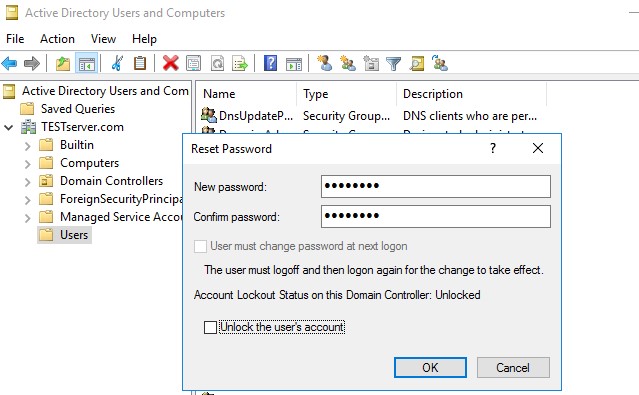Revolutionize Your AD Administration with These Essential Tools
Revolutionize Your AD Administration with These Essential Tools
Blog Article
Top Active Directory Management Tools to Boost IT Efficiency
Controlling customers within an Effective Listing (AD) setting is a important task for IT administrators, and one of the most popular procedures is posting customers to the directory. Whether you're onboarding new personnel or migrating from another process, an efficient and streamlined user ad user password reset for maintaining a healthy and organized AD structure. In that step-by-step guide, we'll walk through the best techniques for publishing consumers in to Productive Listing, ensuring precision, safety, and efficiency.
Step 1: Make the Person Information
Before posting customers in to AD, it's critical to prepare the mandatory data. This generally involves person names, e-mail addresses, phone numbers, departments, and other relevant attributes. The very best practice is to use a organized structure, like a CSV (Comma-Separated Values) file, to arrange and keep an individual information. Make certain that each order in the CSV corresponds to an AD feature (e.g., First Name, Last Name, Username, etc.).
Pro Tip: Double-check the info for accuracy. Mistakes as of this period may cause errors during the transfer process and develop complications down the line.

Stage 2: Choose the Right Transfer Process
There are many methods to transfer consumers into AD, according to your needs and accessible resources. For smaller steps, information import applying Effective Directory People and Pcs (ADUC) may suffice. However, for larger datasets, automation resources like PowerShell programs or third-party instruments may save time and lower errors.
PowerShell is one of the most popular practices for importing users. Having its effective scripting abilities, you can transfer user knowledge from CSV documents and produce user reports in bulk. Also, PowerShell allows you to customize person features during the import method, rendering it well suited for complicated environments.
Step 3: Set Up Organizational Items (OUs)
Organizational Items (OUs) are used to coordinate consumers within Productive Directory. It's most useful training to create a well-structured OU hierarchy before importing users. This can help improve management tasks such as for instance group policies, entry regulates, and reporting.
When posting customers, allocate them to the right OUs centered on the office, role, or location. That not merely maintains your AD organized but in addition assures that particular class procedures and permissions are used correctly.
Step 4: Import the Consumers
Once the data is ready and OUs are set up, you can start the import process. If using PowerShell, the script may browse the CSV file and create user accounts in AD based on the provided attributes. You are able to include extra options, such as placing code procedures, enabling reports, or putting consumers to certain groups, depending on your organization's requirements.

Conclusion
Effectively publishing users into Active Directory involves careful preparing, precise data planning, and the right tools. By following that step-by-step guide, IT administrators may assure a clean and arranged transfer process, lowering mistakes, enhancing protection, and maintaining a clear and structured AD environment. Whether using handbook methods or automatic instruments, the main element to success lies in planning, evidence, and continuing management. Report this page